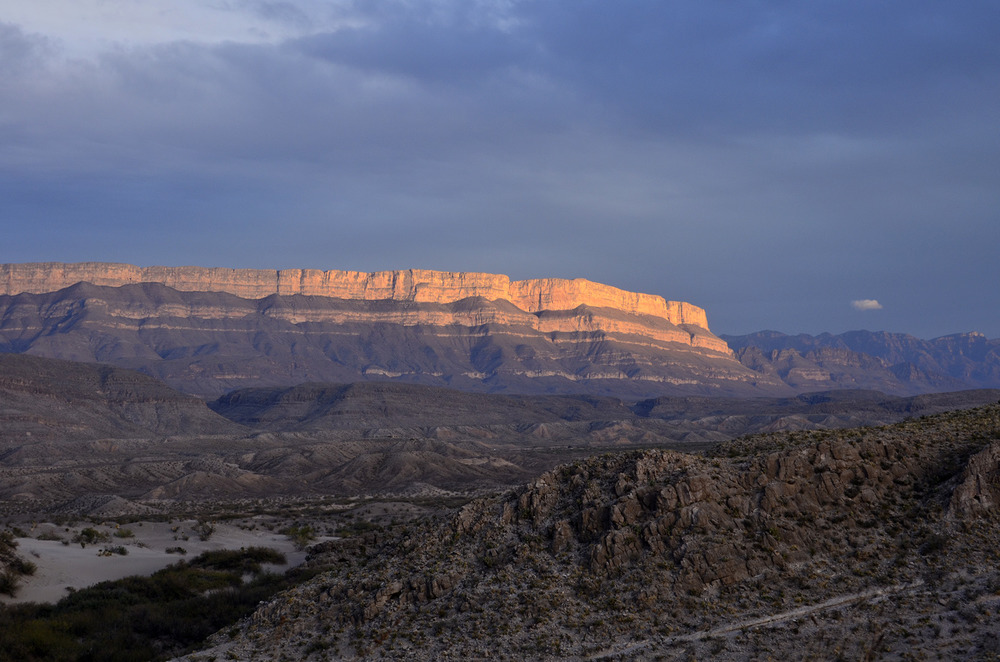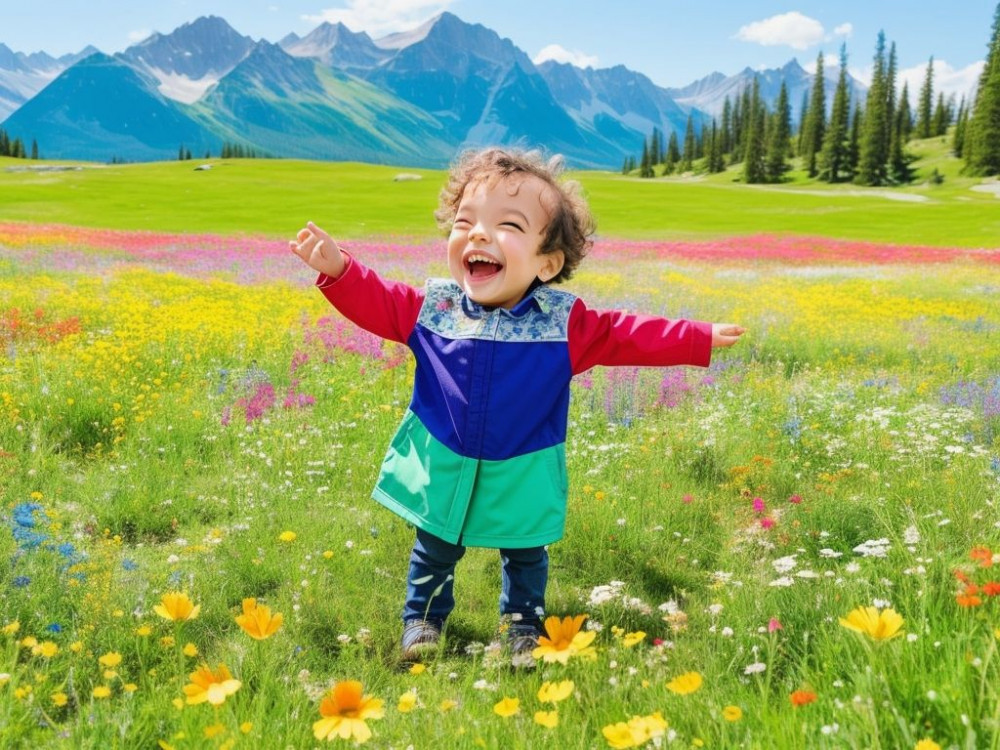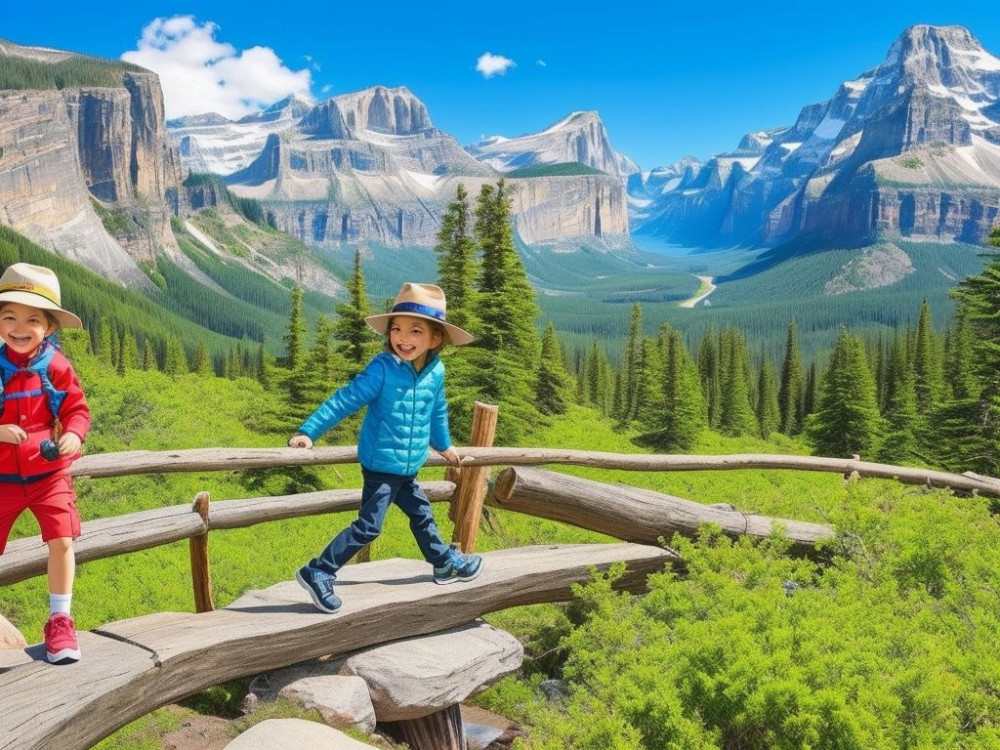Yearning for nature’s breathtaking beauty? Big Bend National Park is the place to go! Marvelous desert mountains. Stunning Texas sunsets. This park offers incredible experiences you won’t forget. With its untamed beauty and wild spirit, Big Bend National Park awaits your discovery!
Introduction
Big Bend National Park: A captivating destination for adventurers and nature lovers alike! Spanning 800,000 acres, it’s located in southwest Texas on the border with Mexico. It boasts rolling hills, towering mountains, and dramatic cliffs overlooking the Rio Grande.
The park is home to a variety of plant and animal species, from desert cacti to bobcats and black bears. Plus, it’s practically untouched wilderness! Take a hike along winding trails for stunning views, or explore the iconic Santa Elena Canyon.
You can also dive into its rich cultural history. Learn about Native American settlements and early European exploration. Or, for stargazers, its one of the darkest skies in North America.
Big Bend National Park has something for everyone. Escape into the wild and prepare to be amazed!
Location and History
Big Bend National Park is a captivating destination located in the southwestern U.S. Along the border of Mexico, this majestic park spans 800,000 acres and dates back thousands of years. Diverse landscapes and abundant wildlife offer visitors a unique experience that showcases the beauty of this natural wonder.
Its location is key to its importance. Texas’ Big Bend National Park is at the crossroads of different ecosystems and cultures. It’s been a site of cultural exchange for centuries. Ancient Native American tribes, Spanish explorers – they’ve all passed through and left their mark.
Big Bend National Park stands out from other parks. It’s home to one of the largest protected areas of Chihuahuan Desert in the US. There are ocotillo plants and roadrunners. Plus, mountain ranges like the majestic Chisos Mountains offer stunning vistas.
The park harbors an intriguing true history. Juan Cortina, a Mexican rancher, defended Mexican-American rights in the mid-19th century. His actions and leadership left an indelible mark on this region.
Geography
Big Bend National Park boasts diverse and captivating geography. Its desert, mountains, river, and canyons offer a one-of-a-kind experience.
Let’s take a peek at the features through this informative table:
Park Features
| Features | Description |
|---|---|
| Desert | Vast expanse of arid land with adapted flora and fauna. |
| Mountains | Rugged peaks and slopes providing panoramic views. |
| River | The Rio Grande runs through the park, with canyons and water activities available. |
| Canyons | Deep gorges formed by erosion, showcasing intricate geological formations. |
Big Bend National Park covers 801,163 acres, located in West Texas along the Mexico border. This remote area gives visitors peace and solitude. Additionally, the Rio Grande has been a natural boundary between nations for thousands of years. The park was established in 1944 to preserve this landscape.
Big Bend National Park stands out as an incredible natural wonder. Its geography is perfect for adventurers and nature enthusiasts alike!
Climate
Big Bend National Park offers a unique climate, due to its vast size and varied terrain. It covers desert, mountain, and river landscapes, resulting in varying climates. From scorching summer heat to freezing winter nights, this park is known for its aridity and low rainfall (less than 10 inches annually).
The Rio Grande River gives the park relief from the dryness, creating a humid atmosphere. But, the higher elevation of the Chisos Mountains provides cooler temperatures and more precipitation, which supports different plant and animal life.
In fact, over 1,200 plant species and 450 bird species are found here. Plus, it’s an important habitat for mammals, such as black bears and mountain lions.
Big Bend National Park is also home to one of the darkest skies in the US, due to its remote location away from urban light pollution. Stargazers can enjoy stunning views of stars, constellations, and even galaxies.
Flora and Fauna
At Big Bend National Park, you’ll find a stunning array of plants and animals that bring life and vibrancy to the park. From desert marigolds to Mexican black bears and Texas horned lizards to peregrine falcons, there’s something for everyone – even nature enthusiasts and researchers!
Plus, this park has plenty of other plants and animals that aren’t often seen. The varied terrain of Big Bend is perfect for them to thrive in!
If you want to get the most out of your visit, take guided tours led by knowledgeable rangers. They will provide valuable insights into the different species in each area.
For wildlife photography, early mornings and late afternoons are ideal. The soft natural light during these times will make colors and textures stand out.
Remember, follow the regulations of the park and don’t disturb or feed the wildlife. This human interference can disrupt their behaviors and endanger them.
Be mindful of the rules and show respect for the flora and fauna. This way, you can help preserve the delicate balance in Big Bend National Park. So come prepared with a camera, an adventurous spirit, and a love for nature – and experience the extraordinary flora and fauna of Big Bend! Who needs roller coasters when you can ride the ups and downs of Big Bend’s ecosystem?
Ecosystem
Big Bend National Park boasts diverse ecosystems, teeming with life. These habitats are home to a range of plants and animals, all adapted to survive in their respective environment. For example, the desert has hot and arid conditions, with cacti and succulents; the mountains have cooler temperatures, with pines, junipers, and oak trees; and the riparian areas draw moisture from the Rio Grande River, with willows, cottonwoods, and mesquite.
Furthermore, Big Bend offers many chances to explore and learn about these wondrous biomes. Rangers lead educational programs and guided hikes to help visitors understand how the ecosystems work together.
Recently, a hiker discovered a rare flower species in one of the riparian areas. With the help of park rangers and botanists, the flower was confirmed to be new to the park. This discovery shows the ongoing research taking place at Big Bend, constantly increasing our knowledge of the intricate ecosystems.
Visitors to Big Bend can witness the complexity and beauty of these ecosystems in person. Conservation is necessary to convince endangered species to stay for the stunning views!
Conservation
Big Bend National Park, located in Texas, is dedicated to the preservation and protection of its diverse ecosystems. They research and collaborate for successful conservation strategies.
The preservation efforts there include wildlife, habitat restoration, and sustainable resources. Experts work hard to monitor and protect the park’s native species like the black bear and bighorn sheep. They are committed to conserving these creatures for future generations.
The park is restoring riparian areas along the Rio Grande. These green corridors are habitats for many plant and animal species. The park balances between human enjoyment and environmental sustainability.
Visitors can contribute to the conservation efforts. Programs and volunteer opportunities teach individuals about the ecosystems. Hands-on projects preserve them. Contributing, like removing invasive species or data collection, makes a difference.
Searching for some excitement? Try running faster than your shadow while hiking at Big Bend National Park!
Recreation
Big Bend National Park is a paradise for nature lovers. It is surrounded by stunning natural beauty and offers a wide range of activities. From hiking and camping to birdwatching and stargazing, there is something for everyone.
Hiking: Over 150 miles of trails to explore the park’s diverse ecosystems and witness breathtaking views.
Camping: Pitch your tent or park your RV at one of the three campgrounds.
Birdwatching: Spot rare and migratory birds in their natural habitats. Home to over 450 species of birds.
You may also encounter wild animals like mountain lions and javelinas. An unforgettable experience!
John was amazed by the sunset he witnessed while hiking in the park. Sitting atop a rocky mesa, he felt a sense of tranquility wash over him as vibrant hues painted the sky. A moment that will stay with him forever.
Visitors in Big Bend National Park can be spotted taking selfies with cacti and applying sunscreen. A great place for an unforgettable adventure!
Tourism
Tourism is an integral part of Big Bend National Park, drawing visitors from every corner of the world. With its diverse range of activities, such as hiking, camping, and river rafting, tourists are provided with an unforgettable experience in the midst of nature’s pristine beauty.
In this vast expanse of natural wonders, tourists can enjoy many recreational activities. There are over 150 miles of trails for both beginners and experienced adventurers. From scenic walks to arduous hikes, there is something for everyone. Camping is also available, offering visitors a chance to bond with the wild and witness stunning sunsets against the backdrop of mountains.
Big Bend National Park is one of the few places on Earth where river rafting is possible. The Rio Grande flows through its borders, providing thrilling rapids for adrenaline-seekers and tranquil floats for those looking for peace.
Wildlife enthusiasts will be amazed by the park’s abundant diversity. It is home to more than 450 species of birds and rare mammals such as black bears and mountain lions. Birdwatchers can spot elusive species while traversing through desert landscapes or lush riparian areas.
As if these experiences weren’t enough to draw travelers, Big Bend National Park has been designated an International Dark Sky Park by the International Dark Sky Association. This recognition confirms the exceptional quality of night skies and allows visitors to witness some of the most awe-inspiring celestial displays. The future of Big Bend National Park looks bright, because even when the sun sets, the bats come out to play.
Future
Big Bend National Park has immense potential for growth and conservation. With its amazing biodiversity and landscapes, it is a top spot for eco-tourism and research.
In order to protect the delicate ecosystem, park management must implement sustainable practices. Renewable energy sources and responsible waste management are essential for preserving the national treasure.
Collaborations with academic institutions and environmental organizations will create research projects to understand and protect the flora and fauna. These projects will increase scientific knowledge while creating awareness and educating the public.
Accessibility within the park is being improved while still preserving the natural beauty. Hiking trails, visitor centers, interpretive programs, and sustainable concessions will give visitors an unforgettable experience.
As an International Dark Sky Park, Big Bend National Park has the darkest night skies in the lower 48 states of the United States. The International Dark-Sky Association designated it in 2012 for its commitment to preserving nocturnal landscapes.
FAQ
Where is Big Bend National Park located?
Big Bend National Park is located in the state of Texas, in the United States. It is situated along the Rio Grande, which forms the border between Mexico and the United States.
What are the main attractions in Big Bend National Park?
Big Bend National Park offers a variety of attractions, including scenic hiking trails, stunning views of the Chisos Mountains, the chance to explore ancient fossils, relaxing hot springs, and opportunities for wildlife viewing.
Can I camp in Big Bend National Park?
Yes, camping is allowed in Big Bend National Park. The park offers several campgrounds with different amenities, as well as backcountry camping options for those seeking a more remote experience.
What is the best time to visit Big Bend National Park?
The best time to visit Big Bend National Park is during the cooler months, from November to April, when the temperatures are milder. However, each season offers unique experiences, so it ultimately depends on personal preference.
Are there any guided tours available in Big Bend National Park?
Yes, Big Bend National Park offers a range of guided tours, including nature walks, bird-watching tours, and star-gazing programs. These tours provide visitors with a deeper understanding of the park’s natural and cultural resources.
Are there any lodging options within Big Bend National Park?
Yes, there are lodging options within Big Bend National Park, including the Chisos Mountains Lodge and several rustic cabins. Additionally, nearby communities offer a variety of accommodations, such as hotels and vacation rentals.




Leave a Reply